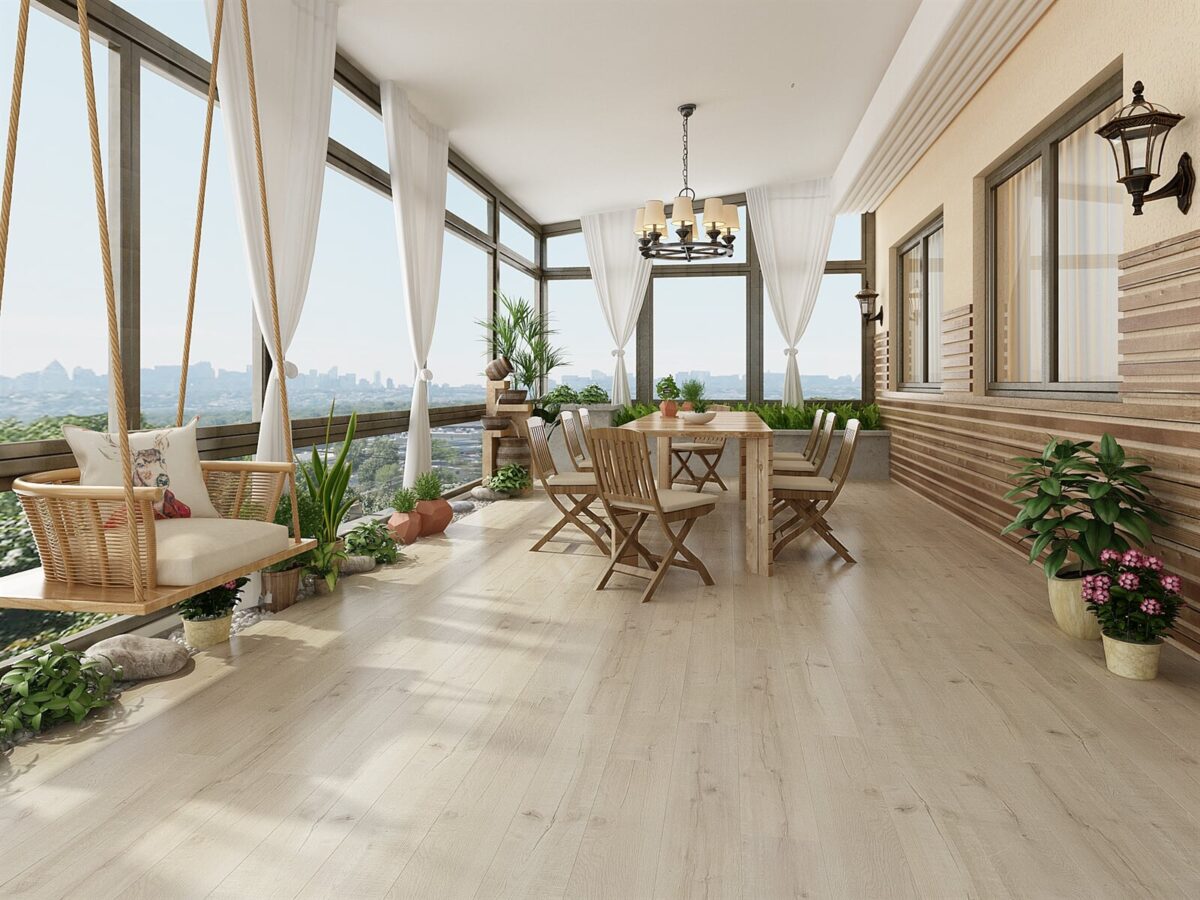LVP Flooring vs Real Wood | What’s the Difference?

When it comes to choosing the perfect flooring for your home or office, two popular options often come up: Luxury Vinyl Plank (LVP) flooring and real wood. Both have their unique benefits and can transform any space, but understanding the differences between these two materials can help you make the right decision based on your needs, lifestyle, and budget. Let’s take a closer look at what sets flooring luxury vinyl plank apart from plank luxury vinyl flooring and how it compares to traditional wood flooring.
What is Luxury Vinyl Plank (LVP) Flooring?
Luxury Vinyl Plank (LVP) flooring is a modern, high-performance alternative to real wood floors. Made from synthetic materials like PVC, LVP mimics the look and feel of wood, but it’s more durable, affordable, and easier to maintain. Plank luxury vinyl flooring comes in various designs, offering different wood textures, colors, and finishes to match almost any interior style.
LVP is composed of multiple layers, including a wear layer, a design layer, a core layer, and a backing layer, providing a sturdy, waterproof, and highly durable floor covering. This makes it ideal for areas with high moisture, like bathrooms and kitchens, where real wood floors may not perform as well.
Real Wood Flooring
Real wood floors, as the name suggests, are made from natural timber. Whether you choose hardwoods like oak, maple, or walnut, real wood adds a touch of luxury, warmth, and timeless beauty to any space. Unlike LVP, real wood requires periodic maintenance, including sanding, refinishing, and sealing, to preserve its appearance and integrity.
Real wood is a natural insulator, providing better soundproofing and thermal properties compared to LVP. However, it’s susceptible to scratches, dents, and moisture damage, making it less suitable for high-traffic or wet areas without extra care.
Key Differences Between LVP Flooring and Real Wood
- Durability and Maintenance
- LVP Flooring: One of the biggest advantages of LVP flooring is its durability. It’s resistant to scratches, dents, and stains, making it ideal for high-traffic areas. Its waterproof properties ensure it can be used in kitchens, bathrooms, and basements without worrying about warping or swelling.
- Real Wood: While real wood is durable, it requires regular maintenance to keep it looking its best. It can scratch or dent easily, especially under heavy furniture or pet claws. Additionally, exposure to moisture can cause wood to warp or expand, leading to costly repairs.
- Appearance
- LVP Flooring: Modern plank luxury vinyl flooring offers a wide range of wood-like textures, colors, and patterns that closely resemble real wood. Advanced printing techniques have made it difficult to distinguish between LVP and real wood, providing a realistic appearance at a fraction of the cost.
- Real Wood: There’s no substitute for the authentic beauty and unique grain patterns of real wood. No two wood floors are alike, giving each room a natural and one-of-a-kind look. Over time, real wood develops a beautiful patina, enhancing its charm and character.
- Installation
- LVP Flooring: LVP is relatively easy to install. Many styles come with click-lock systems that allow for floating floors, meaning they don’t need to be glued or nailed down. This DIY-friendly option saves both time and money on installation costs.
- Real Wood: Installing real wood floors requires professional installation to ensure proper placement and alignment. It’s also more labor-intensive, making the installation process more expensive.
- Cost
- LVP Flooring: LVP is a more affordable option compared to real wood. The cost varies depending on the brand and quality, but it’s generally a more budget-friendly choice for those who want the look of wood without the price tag.
- Real Wood: Real wood flooring is more expensive upfront, both in terms of the material and installation. The initial cost is higher, but it can add significant value to a home, which is important if you plan to sell in the future.
- Comfort and Noise
- LVP Flooring: LVP tends to be slightly harder underfoot than wood, but many products come with attached underlayment for added cushioning and soundproofing. However, it doesn’t offer the same thermal insulation or sound absorption properties as real wood.
- Real Wood: Wood flooring has natural insulating properties that make it more comfortable to walk on, especially during colder months. It also absorbs sound better than LVP, contributing to a quieter environment.
Which One is Right for You?
When deciding between flooring luxury vinyl plank and real wood, consider the following factors:
- Durability: If you need a floor that can handle moisture, high traffic, or heavy use, LVP is the better option.
- Aesthetic: For a more authentic, timeless look, real wood offers unmatched beauty and uniqueness.
- Budget: If you’re looking for a cost-effective solution that still provides the aesthetic of wood, LVP is an excellent choice.
- Maintenance: For low-maintenance flooring, LVP is a clear winner, while real wood requires ongoing upkeep.
Conclusion
Both plank luxury vinyl flooring and real wood have their pros and cons, but LVP offers a more affordable, durable, and easy-to-maintain option for homeowners. If you’re looking for a stylish and practical flooring solution, luxury vinyl plank flooring is a fantastic choice. However, if you’re after the warmth, natural beauty, and long-lasting value of real wood, then it’s worth investing in hardwood flooring.
Visit Harrow Floor Gallery for a wide selection of both luxury vinyl plank flooring and hardwood options, and let us help you transform your space with the perfect flooring choice.

